As an Amazon Associate I earn from qualifying purchases.
This is how to make the famous tajarin, an egg yolk pasta dough from northern Italy. It’s a rich, vibrant dough versatile in the kitchen that works with a variety of different sauces.
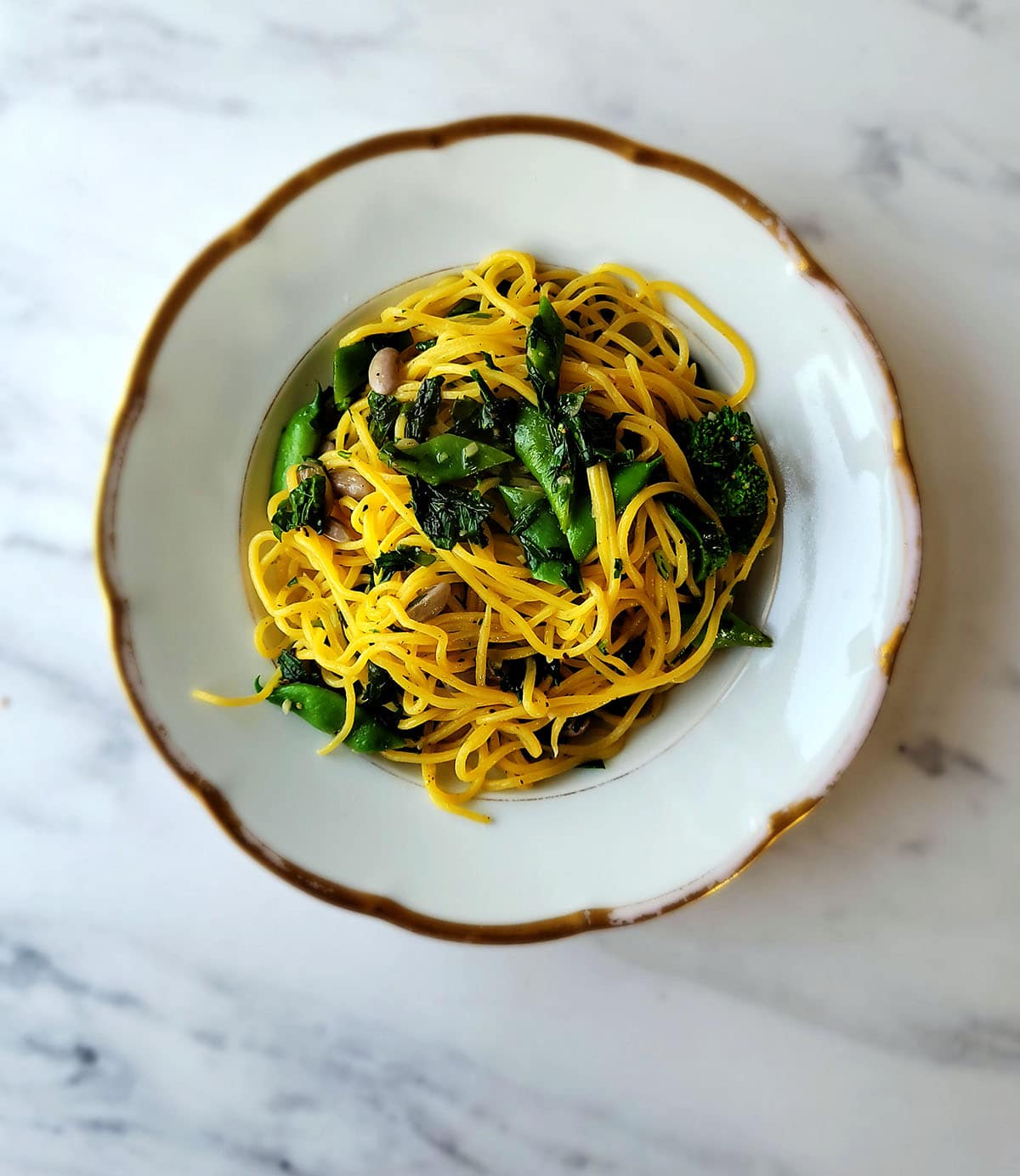
Pronounced tie-yah-REEN, tajarin is dialect for tagliolini in “regular” Italian, and it’s a handmade, spaghetti-ish shape that is often made with an exorbitant number of egg yolks.
According to The Encyclopedia of Pasta, a fantastic book by Oretta Zanini de Vita, it is a Piedmontese style of pasta that is, typically, wheat flour, eggs or just egg yolks, a touch of olive oil and a pinch of salt. There are many versions of tajarin, but I stick to this general guideline.
I did pick up a little tip from another great book, Mastering Pasta by Marc Vetri, where he mixes in a little durum flour with the regular wheat flour. This adds extra bite to the pasta.
To be clear, this is not durum semolina, it’s a more finely milled durum flour that isn’t easy to find — but I did get some at Caputo’s in Salt Lake City. You can buy it online, or skip it.
So Many Yolks
OK, I get it. Tajarin is an extravagant pasta. My recipe calls for 10 egg yolks to serve maybe four people. I’ve seen a few recipes with more than that. Spendy.
But, here’s the thing: I only make tajarin when I am yolk rich. In most cases, it means I’ve been making consomme, which requires egg whites to clarify the broth. For meringue lovers, there ya go.
Or, you can say screw it and lay waste to a whole carton and figure out what to do with the whites later. One option is embedded within the tajarin tradition: There’s a complementary pasta called “sheets and linens” that uses, you guessed it, only the whites. This one isn’t as rich, so it’s more of a work night pasta.
What you can also do is save up yolks and freeze them. You will need to salt them — just salt the yolks as if you were going to eat them — then put in a lidded container and freeze. They will thaw as a weird goo, but it works fine in the pasta dough.
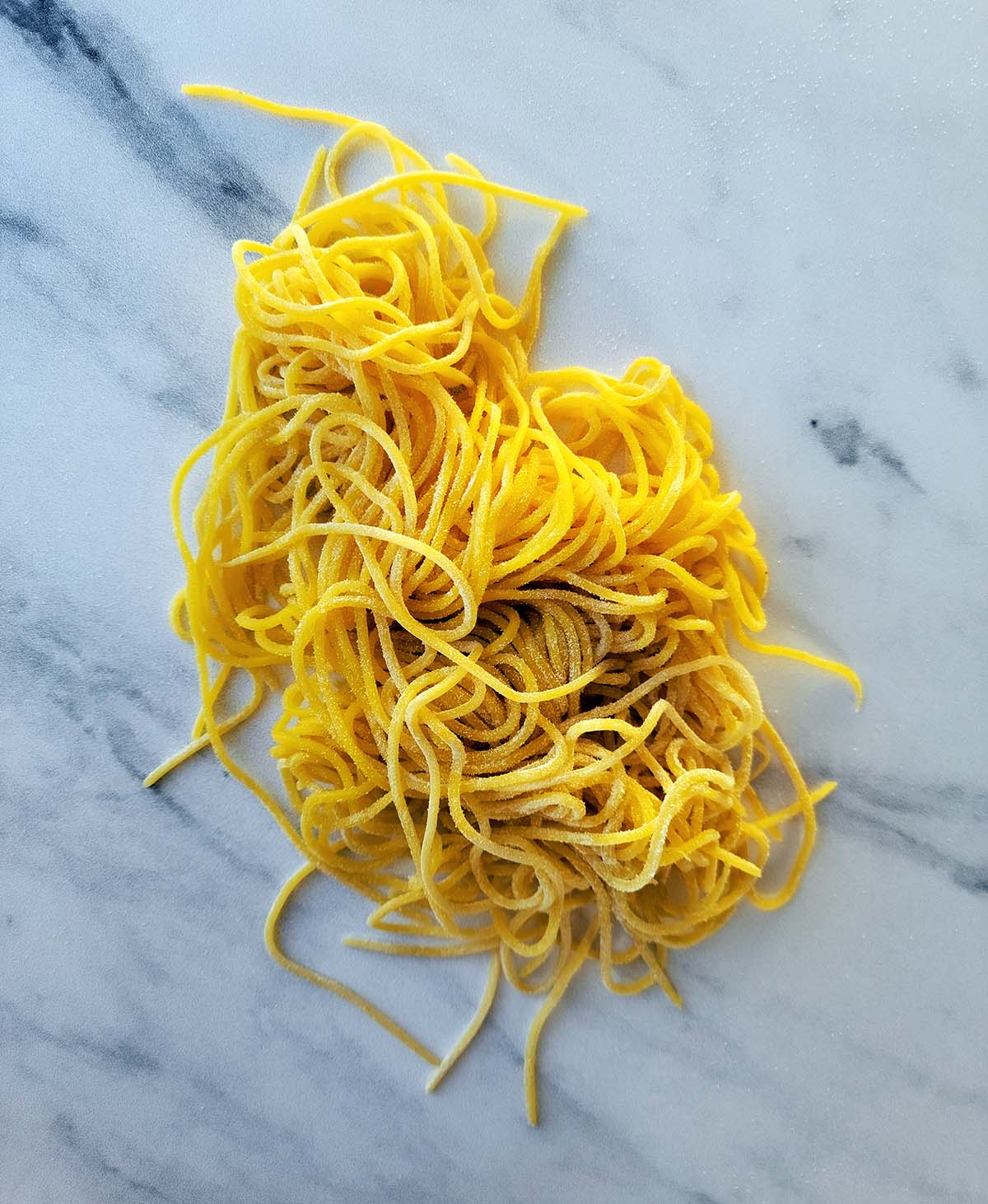
Tajarin’s shape
It’s basically tagliolini, which is, more or less, square spaghetti. You can hand cut them, all old school, or you can use the tagliolini cutter on your pasta machine — chances are it’s listed as a spaghetti cutter, but spaghetti is round.
Or, you can make tajarin on a chitarra. I have a whole tutorial on this whimsical pasta-making device, and yeah, I have one. I got lotsa pasta toys…
Bottom line is tajarin is thin.
Saucing tajarin
According to Zanini de Vita, the traditional sauce for tajarin is a rich ragu of giblets from poultry and/or rabbits. Turns out I happen to have a recipe for a giblet bolognese here on this site, so you can use that.
Other excellent sauces for this pasta include:
- A game meat sugo or ragu, which is a hearty, meat-based sauce. I have a duck sugo, a venison ragu, and a really meaty sugo made with dark-meat birds like doves, squab, or sharp-tailed grouse.
- Or go vegetarian with a big mushroom pasta sauce.
- You could use tajarin as the pasta for pasta primavera, or with my crab sauce.
- Tajarin is also fantastic tossed with any sort of pesto. I have a nice parsley and walnut pesto, a red pesto, and wild pestos like ramp pesto or nettle pesto.
Or you can just saute some onions and garlic in olive oil, add herbs and greens, maybe some blanched green beans or shelly beans, a splash of lemon and black pepper. That’s what I did in the picture.
Storing Tajarin
You can store tajarin a few hours in little nests like the picture. But for longer term storage, you will want to lay the pasta out straight, ideally not touching, and let this dry in the fridge or a cool room.
It will get brittle, so be careful when you pick up the dried pasta. Store it in a container where it can lie flat.
If this sounds like a hassle, it is. Tajarin is meant to be a fresh pasta, and doesn’t take long to make, so my recommendation is to make it and eat it fresh.
If you liked this recipe, please leave a ⭐️⭐️⭐️⭐️⭐️ rating and a comment below; I’d love to hear how everything went. If you’re on Instagram, share a picture and tag me at huntgathercook.
Equipment
- 1 pasta machine
Ingredients
- 170 grams Tipo "00" or AP flour, 1 cup plus 1 tablespoon
- 55 grams durum flour (NOT durum semolina, see below), heaping 1/3 cup
- 10 egg yolks
- 1 tablespoon olive oil, the good stuff if you have it
- 2 tablespoons water
- 1/2 teaspoon salt
Instructions
- Mix all the ingredients in a large bowl and knead it for 8 to 10 minutes. It will be a stiff, dry-ish dough at the start, but it'll get better as you knead it.
- If you have a vacuum sealer, vacuum seal the dough. This hydrates it instantly and you can go right to rolling it out. If not, wrap the dough in plastic wrap or in an old produce bag if you're thrifty like I am, and let it sit for 1 hour at room temperature.
- Get your pasta machine ready, and set out a baking sheet with some fine cornmeal or flour dusted in the bottom. Cut off about 1/4 of the dough and flatten it into a rectangle about 1/4 inch thick with your hands.
- Run the dough through your pasta maker on its widest setting, no. 1 in an Atlas. Fold the dough in half, then run it through again. Do this at least 2 more times, folding the dough to get a fairly long rectangle.
- Now run it through the next setting, no. 2, twice — without folding it. Ratchet the machine down and run it through 2 more times, to no. 4. This will make a sheet about 1/8 inch thick. Run this through the spaghetti cutter that has likely come with your pasta maker.
- Dust the tajarin with some flour and place it on the baking sheet in a loose nest. Repeat with the rest of the dough.
NO SPAGHETTI CUTTER?
- If you don't have the spaghetti cutter attachment, dust the thin sheet of pasta with some flour, then roll it up loosely. Using a very sharp chef's knife, slice it into thin strands like spaghetti.
NO PASTA MACHINE?
- Use a floured rolling pin on a floured surface to roll the entire dough out into a long rectangle of about 1/8 inch thickness, then slice it into manageable pieces to roll and slice as above.
COOKING
- Bring a large pot of water to a boil and add enough salt to make it taste salty. Boil the tajarin for 3 to 5 minutes, then drain. Do not rinse.
Notes
- If you can’t find the finely ground durum flour, skip it and use “00” or all-purpose flour in its place. Semolina, which is easy to find, is too coarse for this recipe.
- This pasta is best used the day it’s made.
Nutrition
Nutrition information is automatically calculated, so should only be used as an approximation.
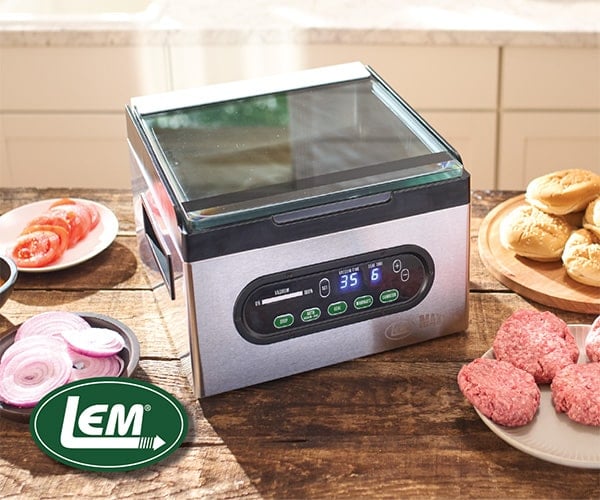
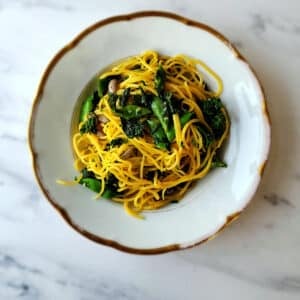
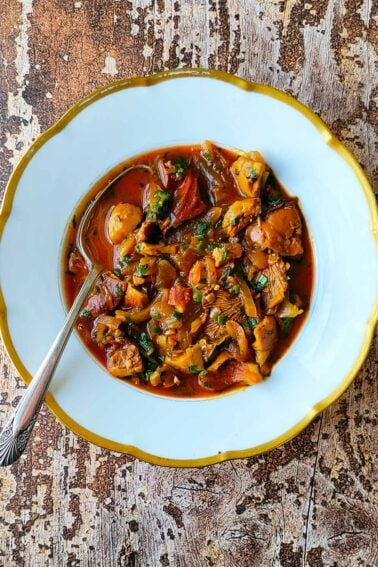
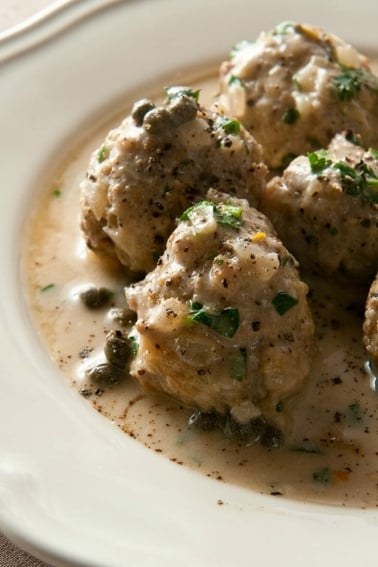
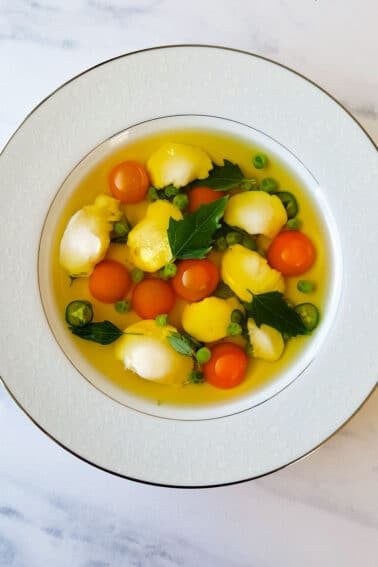
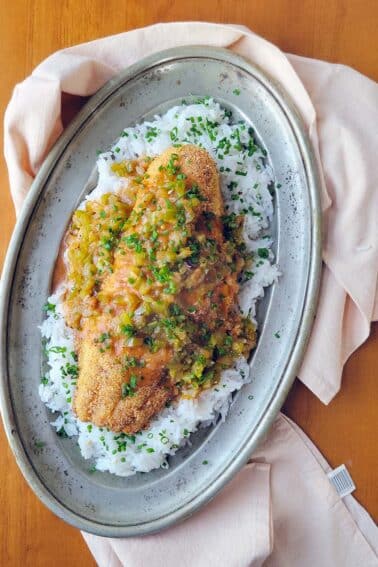
Since this is a sort of egg noodle, could we substitute a non-wheat, indeed gluten-free flour if cooking for the gluten intolerant? The eggs would hold it together, right?
Erik: I have no idea, sorry. My gut says it wouldn’t work, but I’ve never tried it.
I haven’t had this pasta before, I look forward to trying it. Also, using giblets in bolognese is a brilliant idea, mucho umami!
What a lovely recipe, thank you.
Would you happen to know the name of the “linens” pasta?
Ruth: I can’t remember it in Italian, but it’s basically the same pasta, only made with the whites, and no oil.
Watch Pasta Grannies – I find it on Facebook. It’s all about watching these lovely ladies (and some men) all across Italy making pasta, most of which is specific to their neck of the woods. Great sugo recipes as well. It’s a master class in learning about pasta from the old days. Your recipe rates right up there – it sounds delicious! Thank you for sharing!
Thanks for this, Pat! It is just what I need at the moment. Writing about Slovak pasta made by Slovak grannies, but there are many similarities. I’m sure I’ll find a lot of inspiration on the page.
Hank,
On the menu for the weekend.
Looks like you are in for some nice weather this week – enjoy!
Tad